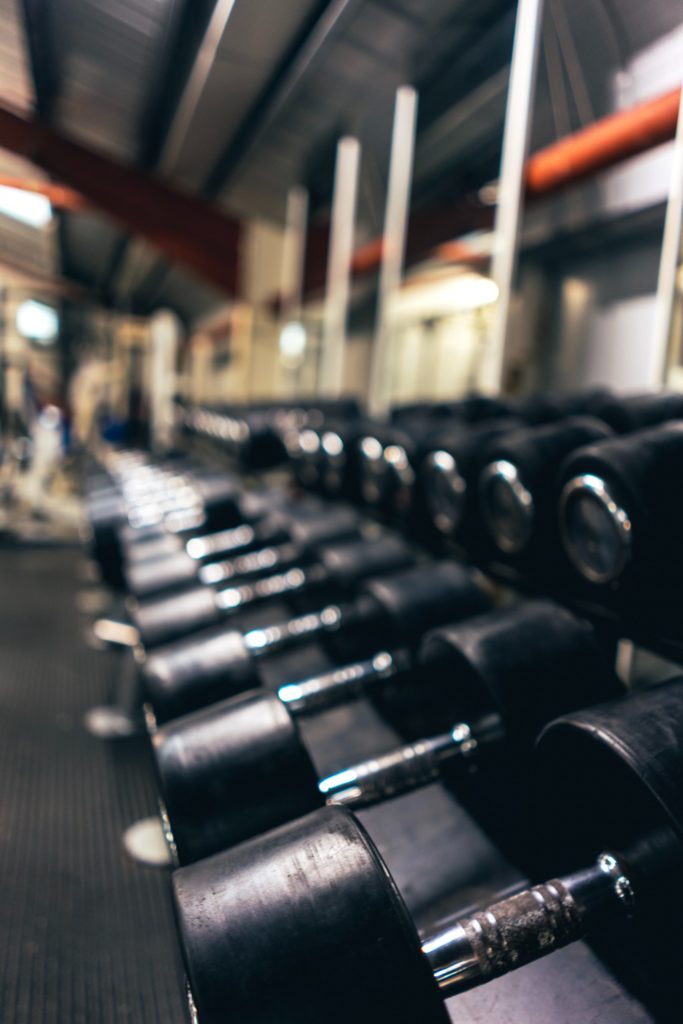I recently chatted with a friend at the gym, who confided that they didn’t feel like they had their normal level of motivation to push during workouts. It can be hard to stay consistent with your fitness when you don’t feel like working out. In this post, I hope to reassure you that it’s normal to feel this way every now and again and give you some tips for what to do if this happens.
For those of us who’ve done CrossFit for a while, intensity has become ingrained in our identity. The very definition of CrossFit ends with the phrase, “…performed at high intensity,” and I have kind of mixed feelings about that.
I don’t think it’s realistic to expect that we can (or even should) push hard all the time.
This is especially true right now, after nearly a year of constant ambient stress. It’s no wonder that some of us (myself included, sometimes) aren’t feeling like pushing! In fact, if you’re not sleeping well, not managing your stress, and not fueling your body well, pushing too hard in your workouts is frankly setting you up for injury.
So what should you do if you’re just not feeling like pushing yourself, or working out at all? Ask yourself these three questions.
Are You Due For a Rest Day?
A first and very important step is to be sure you’re not due for a rest day, as low motivation is a key symptom of overtraining.
CrossFit HQ prescribes a 3 days on, 1 day off training schedule. This may or may not work for you, but you should be resting 1-2 days per week at a minimum.
If you’re feeling unmotivated and can’t remember the last time you took a day off, take one today or tomorrow and reassess how you’re feeling.
What’s Your Allostatic Load?
Your allostatic load is the combined weight of all the stresses you carry.
I like to think of it like a weighted sled push workout (and don’t get me wrong–I love heavy sled pushes).
Let’s say you do your first push with a 45-pound bumper. It’s easy, so you add a 35 pounder. Still feeling good, you add 25 more pounds. You’re starting to feel it, but you add a 15 pounder and…you crash and burn.
Think of your life stressors like those plates. Maybe your job is the 45 pounder, and your home life is the 35-pound bumper, and your sedentary workdays/nagging injuries/insomnia weigh 25 pounds.
Pushing a sled with just one of these weights may not feel like a big deal, but the demand increases as you add more weights. Now, think of that last 15-pounder as your workout.
Exercise is great of course, but it’s still a stressor on your body. If you’ve already been pushing around a lot of weight, it’s no wonder you don’t feel much like adding more weight and pushing again.
The long-term solution is to implement some strategies to lower your allostatic load. We can help with that–just click here and book a free athlete check-in. You don’t even need to be a 26 member–we’d love to help!
In the short term, you might also want to add an extra rest day each week until you can lower your allostatic load.
What are Your “Whys”?
Finally, think about what you get from your time at the gym aside from a challenging workout.
Do you love seeing your friends, or feel good when you just move? Great! Come in, chat with your friends, and just move your body with no expectations about performance. Heck, come in and sit on the bike for an hour if you’re going through some stuff and that’s more your vibe.
Still not feeling it? Bundle up and take a walk while listening to a great podcast.
Don’t Feel Like Working Out? The TL:DR
There are always going to be seasons of life where you don’t feel like working out as much.
I have them too–in fact, I’ve been there recently, having dealt with several months of limitations due to an injury and subsequent surgery. I come in and work out because it is my social time and it keeps my brain happy.
It’s okay not to push all the time. Give yourself permission to take your foot off the gas every now and again. The desire will come back!

